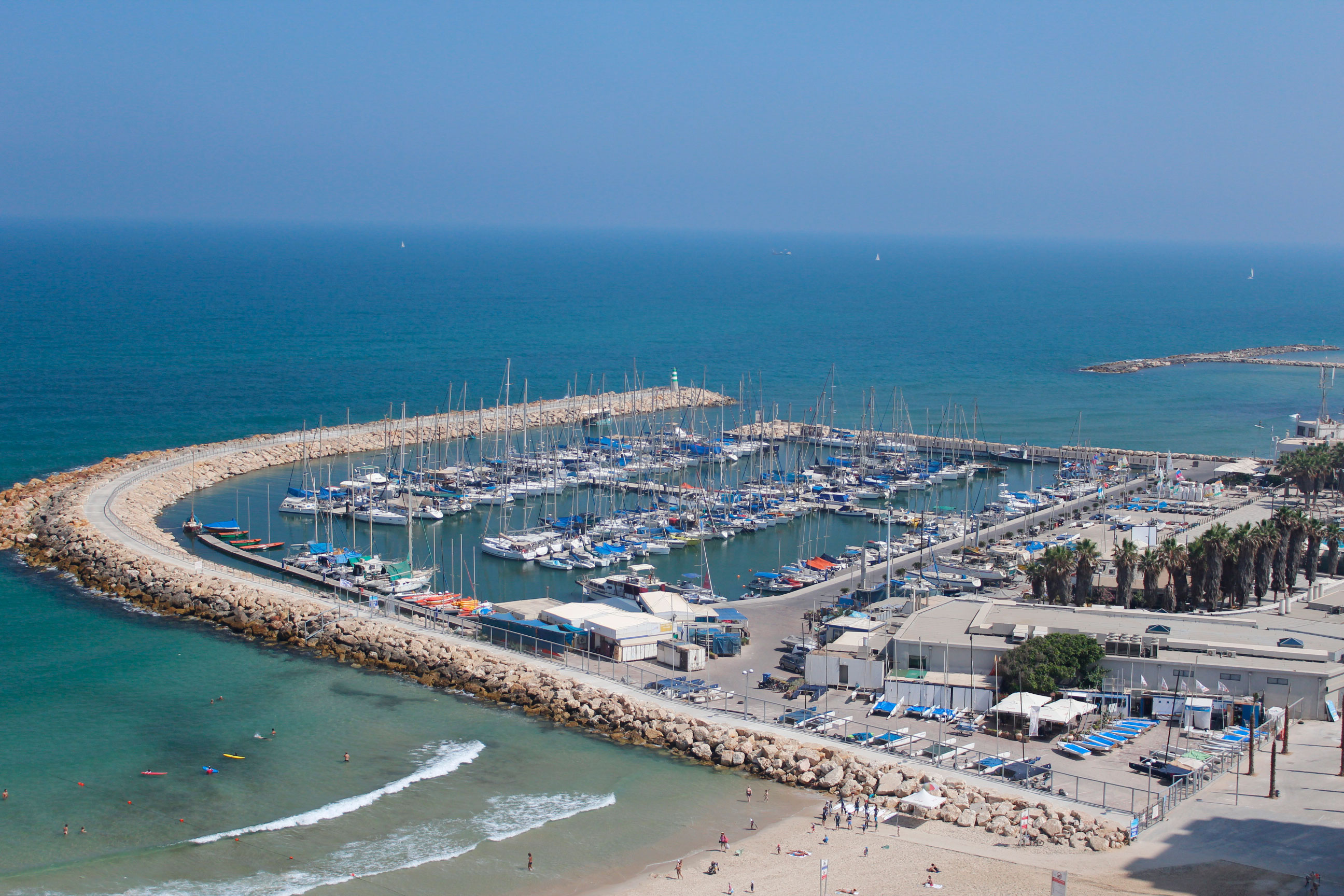Anyone who has ever done any archaeology knows that at one point or another dirt needs to be cleaned. I realize this sounds oxymoronic, but in truth, dirt floors of a habitation need to be swept before photographing or drawing, rock wall have to be swept to see the stones that delineate them, and other features from time to time need to be swept. There are no special implements for archaeological sweeping. We use push brooms and whisk brooms and paint brushes and we sweep into dustpans, put dirt into buckets and then wheelbarrows. Any pottery sherd or other artifact goes into a bucket for evaluation.
The first time I found myself sweeping a plaster floor with a push broom a simply stopped in the middle of the act and smiled. I thought, my mother would be bent over laughing to see me sweeping dirt when I gave her so much trouble sweeping my room or the kitchen floor. But somehow, it just seems different when it’s archaeology.
The beginning of a season at an existing site consists of a lot of cleanup. The off season, usually winter, brings with it windblown dust, waterborne dirt and roots and weeds that spring up all over and refuse to be tamed. Any prophylactic activity done the season before, such as sand bagging baulks – meter wide pieces of earth that are left in place to preserve the stratigraphy – must be removed. The site needs to be pristine before work can really get done.
Once everything is satisfactorily tidy, then we take photographs, measure elevations, map in features and prepare to dig. Areas started the season before continue as they did then. New areas must begin at the modern ground surface and gradually go down through possible levels.
[youtube http://www.youtube.com/watch?v=9twN0oH7sKc]
At Tel Akko, we have Early and Late Bronze Age, Iron Age, Persian, Greek and maybe Roman remains. In the city of Akko there were also Crusader and Ottoman occupations. So we dig, looking for clues to who lived there and how they lived. Where they got their “good china” from and how they made metals.
At the same time, Tel Akko is a city park where early morning walkers stroll and groups of tourist surge by. The past meeting the present.

